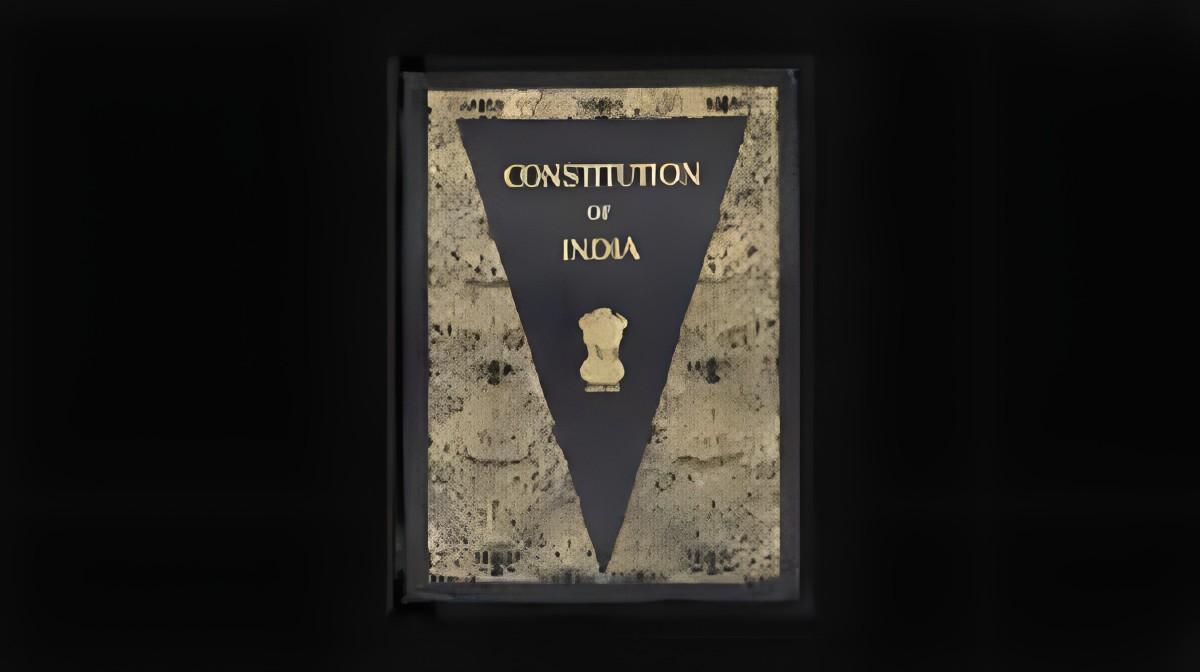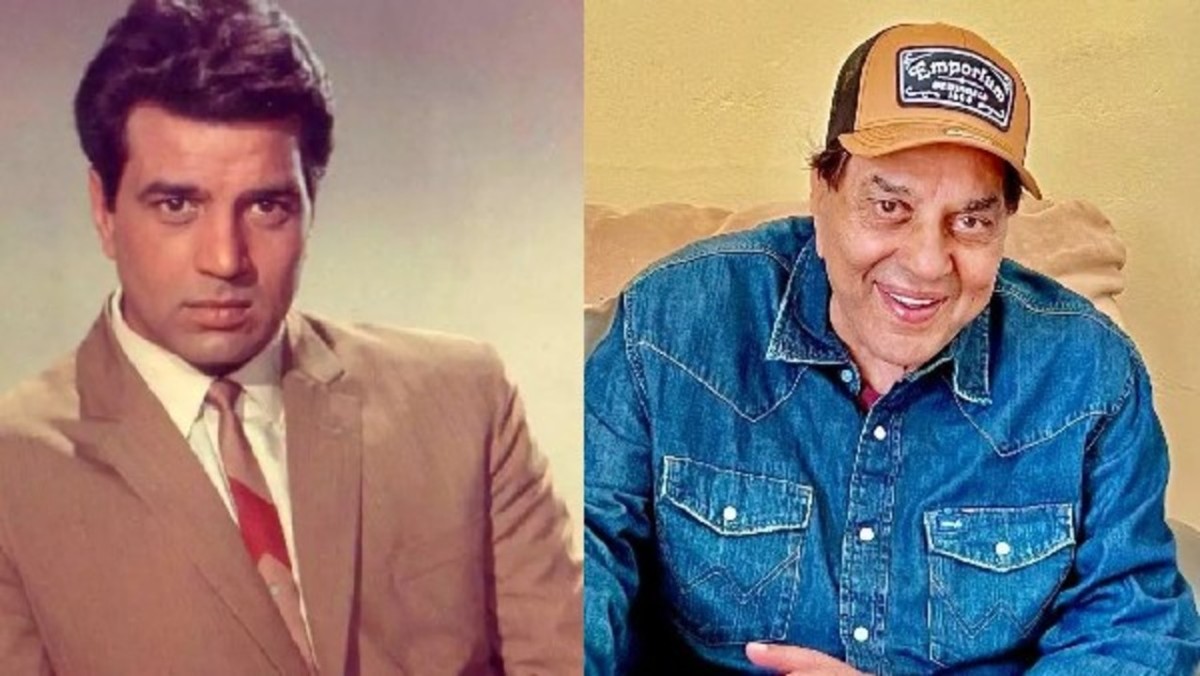The Indian Constitution stands as one of the most remarkable documents in modern governance. When the Constituent Assembly adopted it on 26 November 1949, the Constitution aimed to guide an independent nation that had just emerged from colonial rule. Over the decades, India has transformed socially, politically, and economically. Yet, the Constitution has remained relevant because it continues to evolve in response to the needs of its people. Its flexibility, adaptability, and progressive spirit make it a true living document.
Also Read: Brazilian Model Larissa Responds to Allegations of Rahul Gandhi’s Vote Chori Connection
A Vision Rooted in the Preamble
The Preamble expresses India’s vision of justice, liberty, equality, and fraternity. The Constitution does not merely state these ideals; it actively empowers institutions and citizens to uphold them. As society changes, courts and lawmakers reinterpret these principles to address new issues. This dynamic interpretation keeps the Preamble alive and meaningful for every generation.
Amendments Keep the Constitution Responsive
One of the strongest signs that the Constitution is a living document lies in its amendment process. Article 368 gives Parliament the power to amend the Constitution whenever the nation requires new solutions. India has used this power more than a hundred times.
Through amendments, lawmakers have:
- strengthened the protection of fundamental rights,
- expanded the scope of reservations,
- lowered the voting age from 21 to 18,
- and included the concept of Fundamental Duties.
These changes show that the Constitution does not remain static. It grows with the nation and adapts to new challenges.
Judicial Interpretation Ensures Flexibility
The judiciary also plays a powerful role in shaping the Constitution. The Supreme Court and High Courts interpret constitutional provisions and apply them to emerging issues such as digital privacy, environmental protection, and gender equality. Their judgments breathe life into the Constitution and ensure that it stays relevant in a rapidly changing world. Courts have upheld the basic structure of the Constitution and protected its core values, even as they allow reasonable evolution.
Changing Society Demands Constitutional Evolution
India’s society is not the same as it was in 1950. New technologies, economic reforms, and social movements have created new expectations from governance. The Constitution evolves because citizens demand justice, equality, and dignity in new forms. For example, debates about privacy, LGBTQ+ rights, and environmental sustainability have inspired fresh interpretations and legal reforms. These changes highlight how deeply the Constitution listens to its people.
Federalism Strengthens Through Practice
The relationship between the Centre and the States has also transformed over time. Indian federalism has grown stronger through constitutional amendments, judicial decisions, and practical governance needs. Institutions like the Finance Commission, Inter-State Council, and GST Council demonstrate how the Constitution adapts to promote cooperation and balance in a diverse nation.
A Document That Encourages Participation
The Constitution remains alive because it invites citizens to play an active role in nation-building. Fundamental Duties remind individuals of their responsibilities, while democratic institutions allow people to question, criticize, and improve governance. When citizens participate in public life, they keep the spirit of the Constitution vibrant.
Conclusion
The Indian Constitution is not just a legal framework; it is a living guide for a nation that continues to grow and evolve. Its creators gave it the strength of stability and the flexibility of change. Through amendments, judicial interpretation, and active citizenship, the Constitution responds to modern challenges while staying true to its founding values. As India moves forward, the Constitution will continue to evolve, ensuring justice, equality, and freedom for every generation.
Also Read: Climate Change in 2025: Are We Too Late to Reverse It?











